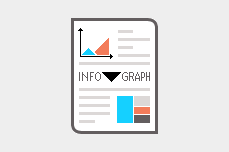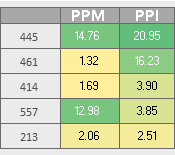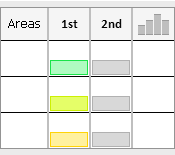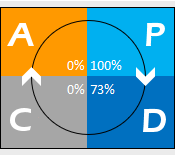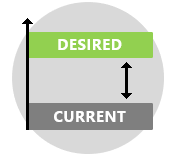
Also known as Need Analysis and need Assessment.
Variants include Variance Analysis and McKinsey 7S.
A gap is a problem, issue or challenge, and could be an opportunity for improvement. Gap analysis is a method used to compare and evaluate the deference between two distinct states of something, specifically the current state and the desired future state. This analytical process is commonly used to assess where a company or process is today, where it needs to be in the future, and what are the necessary actions to be there.
At the business level, gap analysis can be useful to identify the areas where a business is performing below quality standards or customer expectations. At the process level, it serves as a mean to address the unsatisfactory performance of a process. Gap analysis is particularly useful when comparing an existing process to a process that is performed elsewhere and provides an excellent opportunity to learn from industry leaders. This offers valuable insights for simplifying, streamlining, or redesigning the process all over again.

In project management, gap analysis serves multiple purposes. It can be used to justify the initiation of an improvement project, as well as during the definition stage to gain a comprehensive understanding of the business case of the project. It brings understanding to the existing problem and indicates any potential opportunities and risks that may arise during the implementation of the project.
There are many real-life examples where gap analysis can be applied. For example, if you find that your team’s skills are not adequate enough, a gap analysis can be conducted to assess the current skill level against the desired level. Once the gap has been identified, an action plan can be formulated to close the gap and improve the skills of the team. Performance indicators are commonly employed throughout the gap analysis process to compare the two conditions at any point.
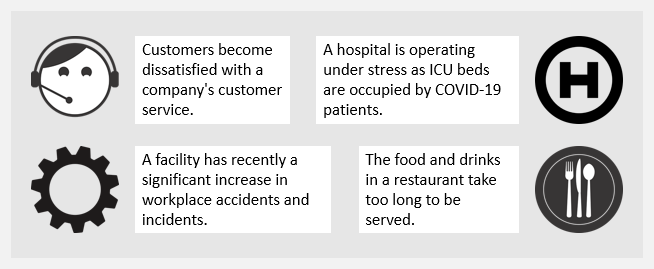
Gap analysis is more of a theory than a practice. There is no standardized process for conducting gap analysis and it should be tailored depending on the specific situation. Various tools and models can be utilized to translate the theory into practical application. These include SWOT analysis, fishbone analysis, bottleneck analysis, SPC analysis, benchmarking, customer surveys and feedback, and the McKinsey 7S model.
Typical Steps for Conducting a Gap Analysis
Gap analysis involves organizing information in such a way that allows for proper comparison and analysis. Such organizing of information can be simply accomplished using tables and charts without the need for complicated methodologies or software. The following steps outline a typical approach to conducting a gap analysis.
- Choose a specific problem area you need to focus on.
- Understand the current situation and know where you are standing.
- Identify the desired outcome that need to be achieved
- Identify the gap between the two states and analyze the causes.
- Agree on the steps you need to take to close the gap.
Example
The following example illustrates the steps that have been followed to analyze why it takes too long for the food to be served in a restaurant. A fishbone analysis was conducted to identify the underlying causes of slow service.
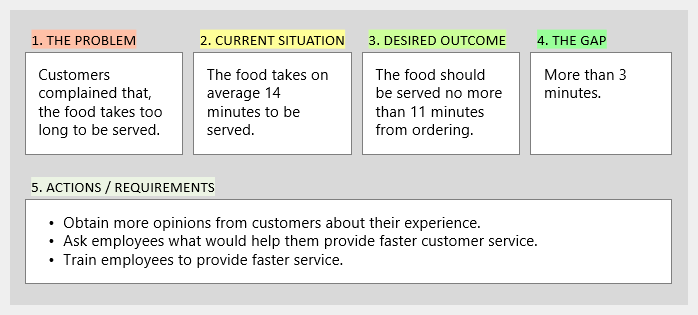
Example
The following example illustrates the steps that have been taken to analyze the high spoilage rate in a particular production line within a factory.

Example
The following example illustrates the steps taken to analyze the reasons behind the low audit score following an external audit.

Wrapping Up
Gap analysis is a valuable tool for addressing problems and improvement opportunities. It helps businesses assess their current status and where they want to be, leading to actions for improvement. In projects, it supports multiple purposes, from project justification to identifying risks that may arise during project implementation. Real-life applications include bridging skill gaps in teams and improving customer satisfaction.
Other Formats
Do you want to use the slides in your training courses?

Gap Analysis Training Material – $18.85
Related Articles
Related Templates


